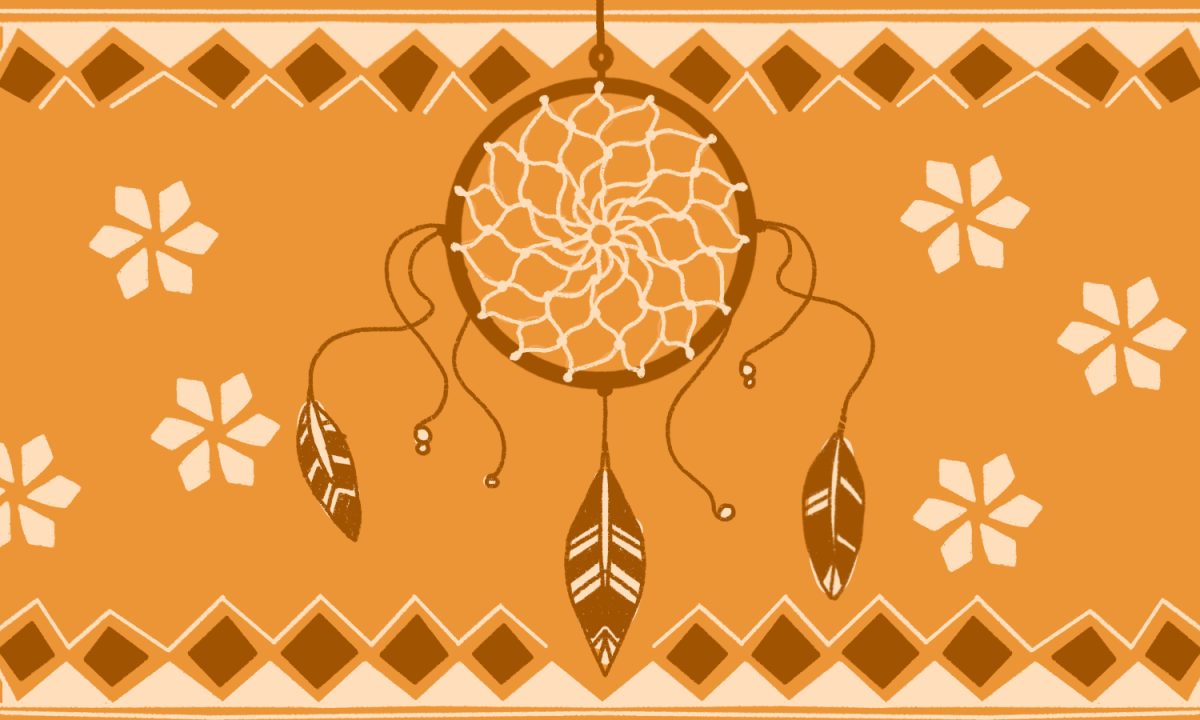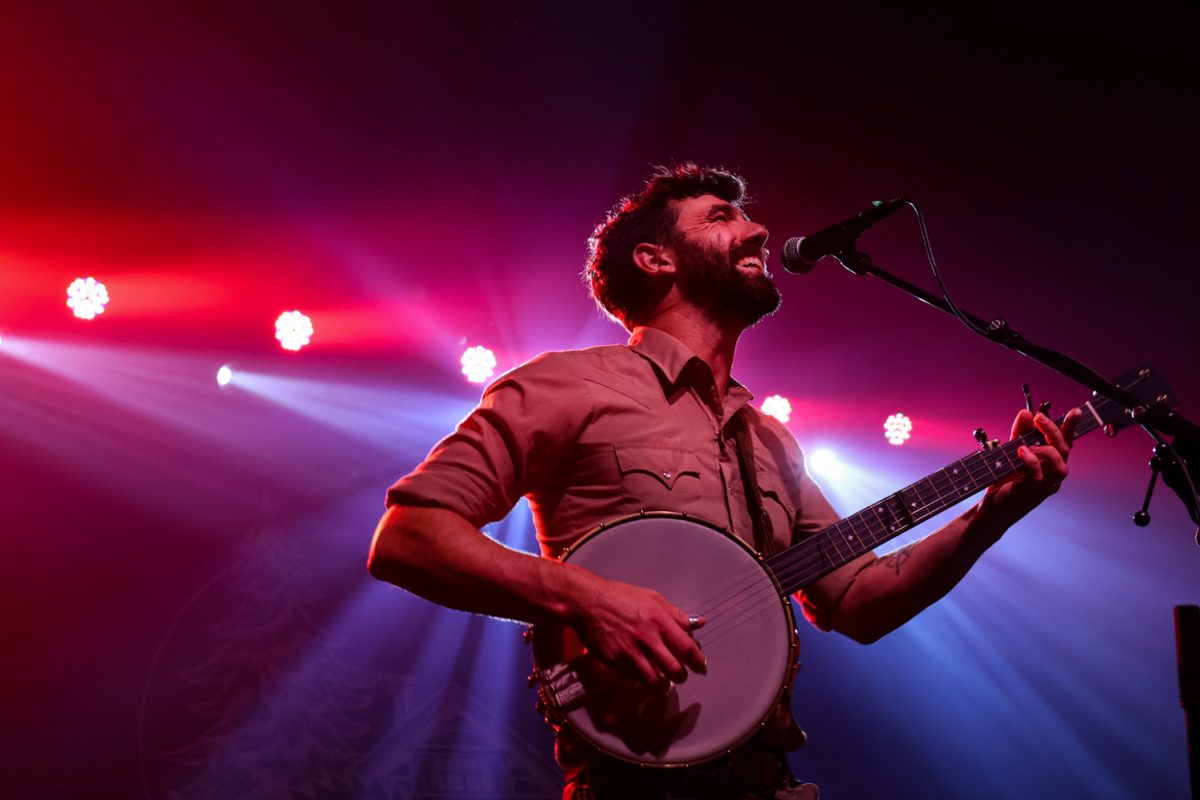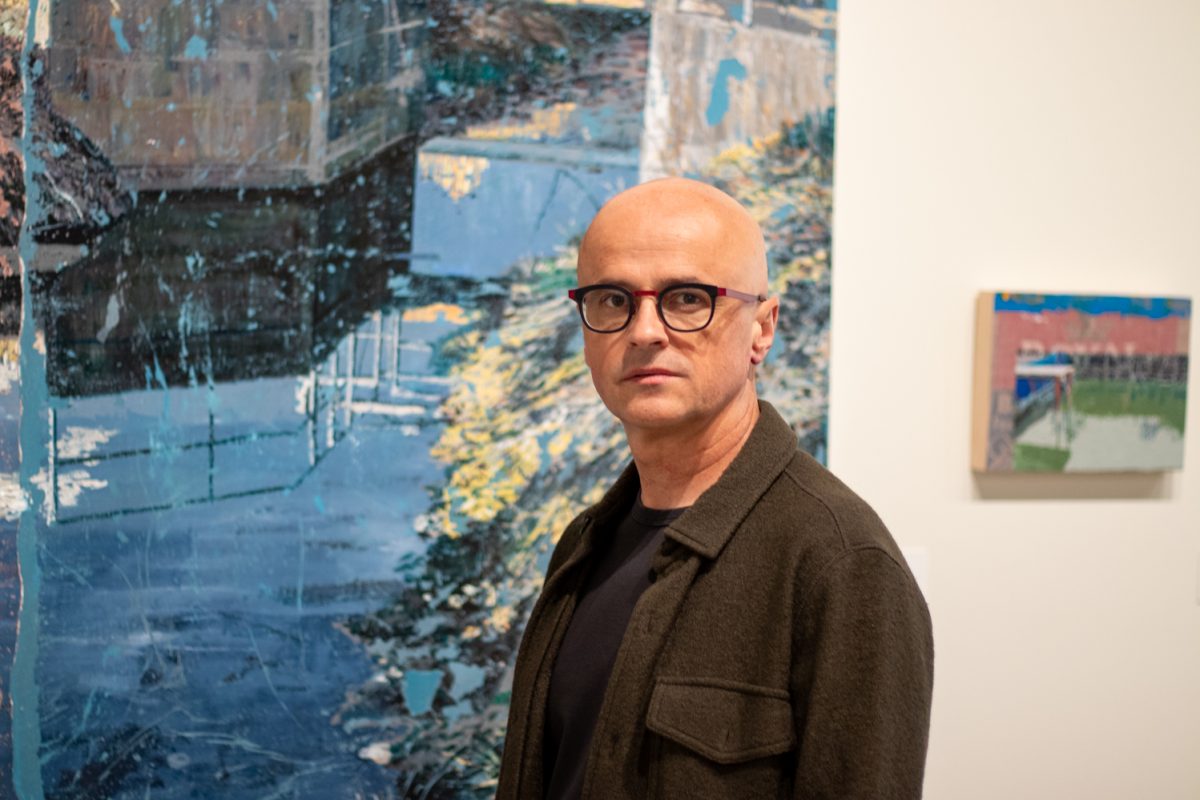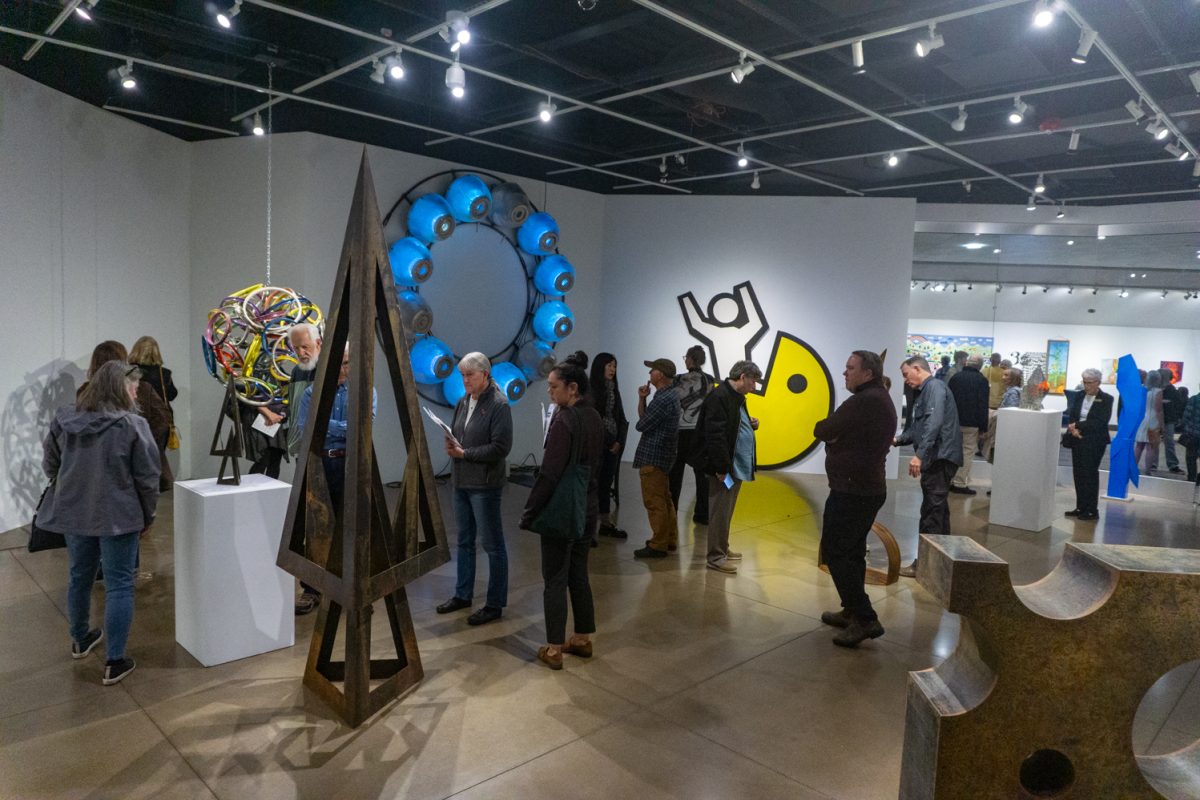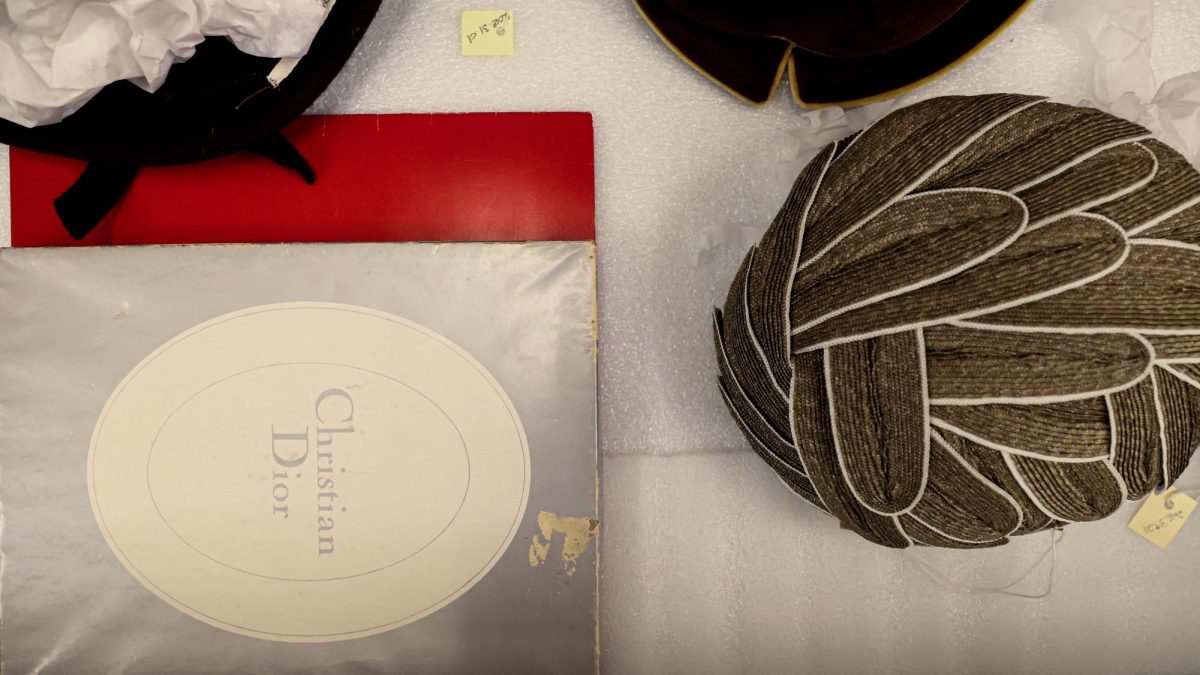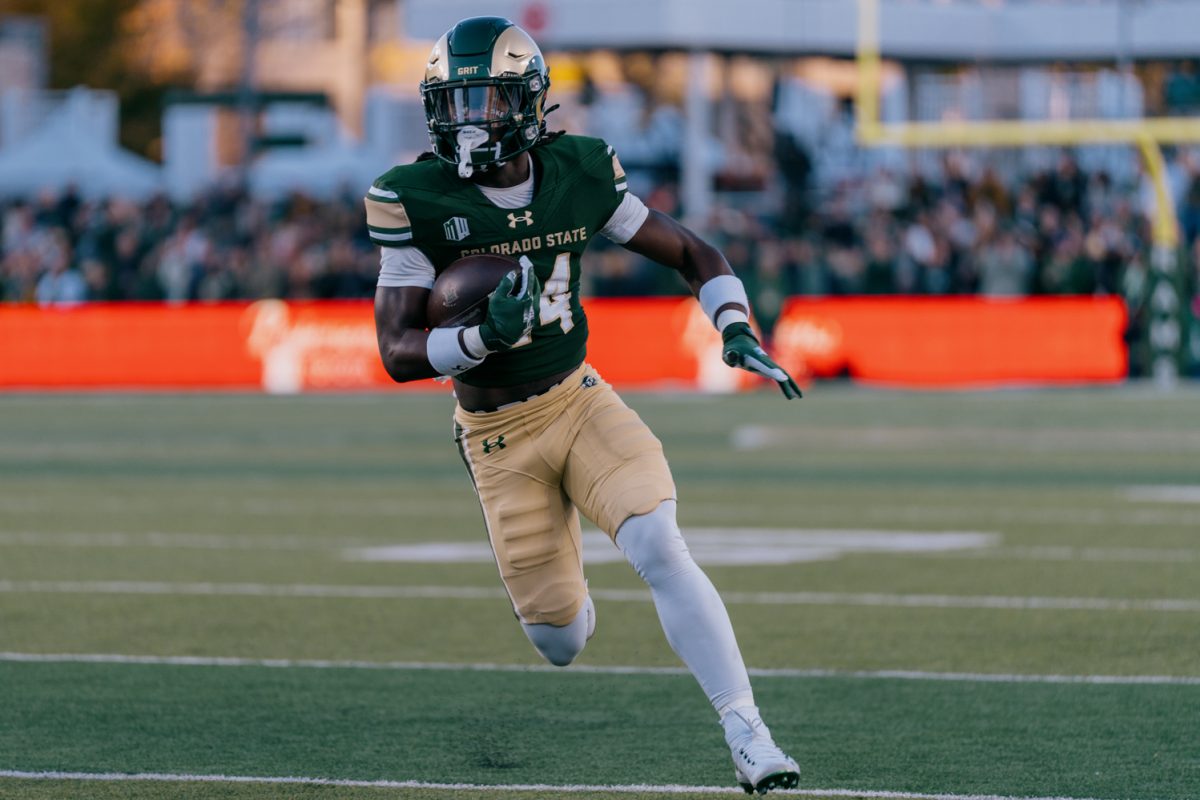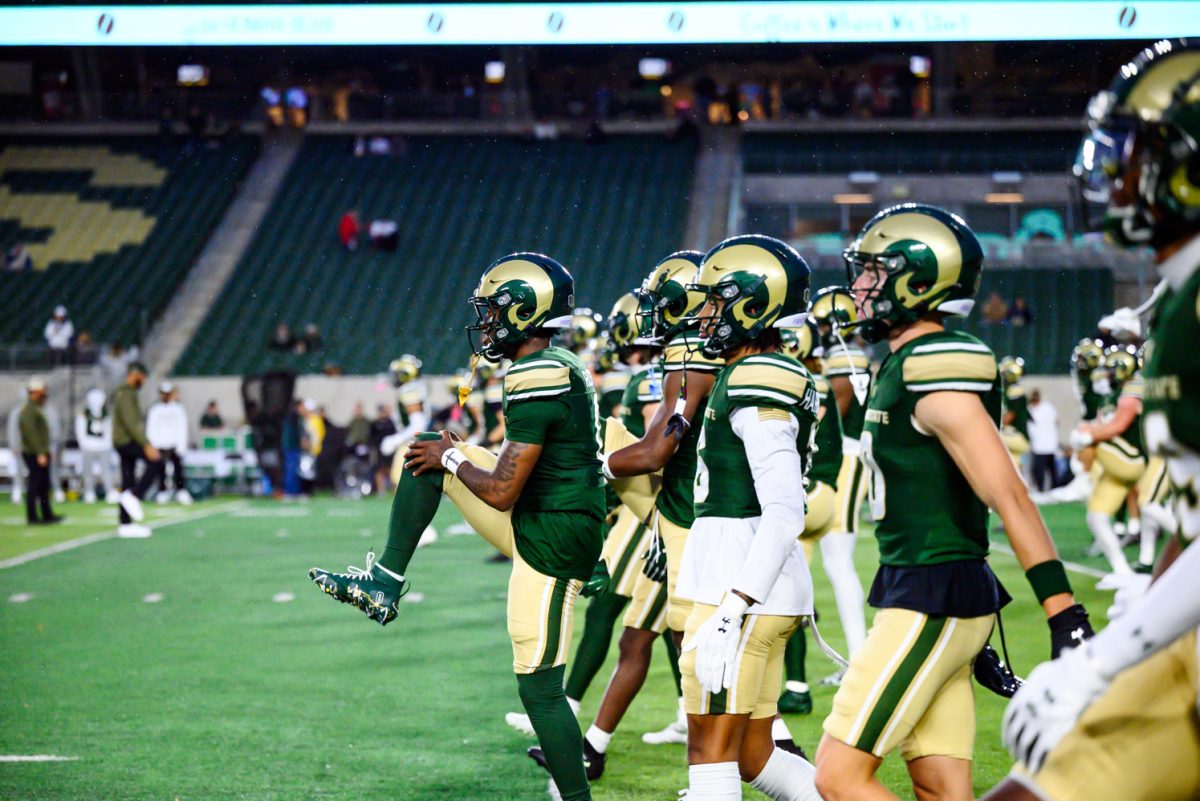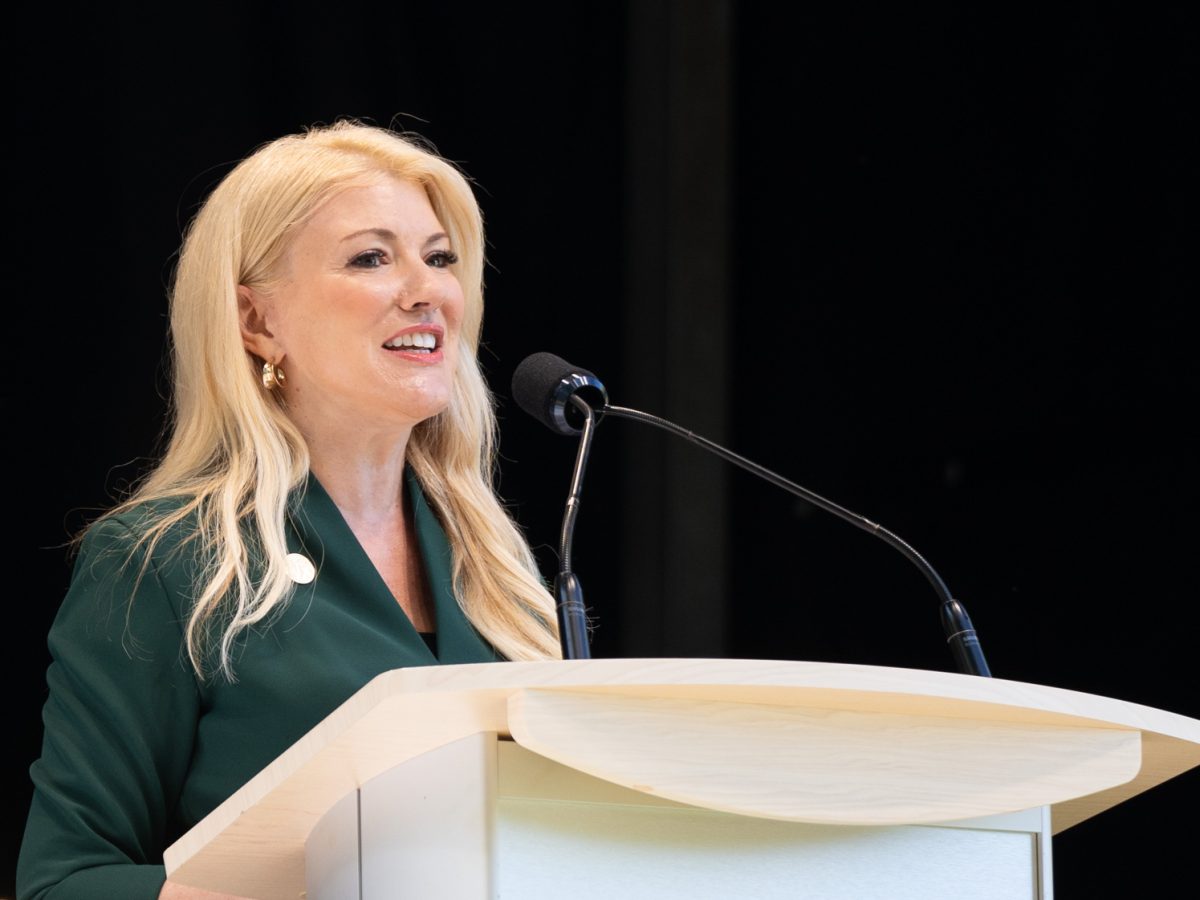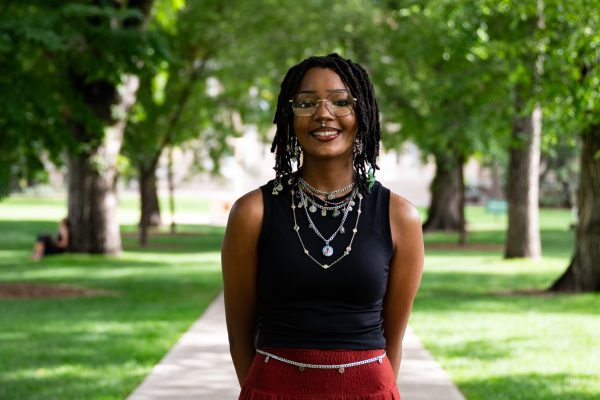Native American cultural belongings and artwork hold high importance in their communities, as they tell their stories and pass knowledge down to many generations.
There is an incredibly wide range of Native American art, making it impossible to fit into one box.
“I want to emphasize over and over again how diverse (it is),” said Emily Moore, associate professor of art history at CSU. “There’s no such thing as the Native American art form. (It encapsulates) everything from up in the arctic within the Utes peoples to the northwest coast to the southwest deserts. There’s more than 550 federally recognized tribes in the United States, and so it’s really diverse.”
It is important to appreciate all of the differences while seeing the shared impact of these pieces.
Before beads entered these communities from European traders, quillwork was another popular form of artistic expression.
“Women would get the porcupine, pluck out all the quills, dye the quills and then — painstakingly — stitch down every single one on the hide,” Moore said.
Once beads came into the picture, beadwork integrated its way into Native Americans’ lives and creations. It is a prominent style that can be seen on clothing, moccasins, tipis and much more.
“Traditionally, different tribal nations use certain (beads and patterns),” said Jordan Dresser, curator of collections at the Fort Collins Museum of Discovery and Northern Arapaho Tribe member. “You could identify which tribe people were from based on their beadwork but also the different designs and the power they each had.”
Native Americans use different materials to create culturally significant pieces that represent their experiences through various forms of symbolism.
“The large triangle in the center may represent a mountain, perhaps Bear Butte in present-day South Dakota, which is a sacred place for the Arapaho and many Plains people,” Alex Sherman wrote on the museum card for a pair of moccasins by a Hinono’ei artist. “For Tsitsistas people, Bear Butte is the place where their cultural hero, Sweet Medicine, received the Sacred Arrows and many teachings that remain central to Tsitsistas life today.”
These messages embedded in their work remain relevant and will communicate information for years to come.
Gender played a role in how different people made art.
“Men would do the figurative paintings of figures of people and horses that recounted actual history, whereas women did abstract designs that you kind of had to know how to interpret,” Moore said. “In the warrior societies, men would sit together in the evenings and recount those stories as they showed their paintings.”
At an exhibit at the Gregory Allicar Museum of Art, there was a pair of “Star Wars” moccasins by Max Bear, Cheyenne and Arapaho Tribal Historic Preservation Office director. These moccasins featured beadwork, creating images of TIE fighters and details from the series. It connected Native American techniques with a more contemporary theme.
While some museums are doing better at presenting cultural pieces, there is work to be done.
“There’s been a really bad history of presenting Indigenous material culture.” Moore said. “But I do think its improving, partly because — finally — Native people are allowed to collaborate with museums and really have a say in what those exhibitions say about their cultures and their art.”
Similarly, the rise in Native American pieces in the global market can become tricky.
“It runs a risk of being mass produced, as we see sometimes beadwork ends up at places like Hobby Lobby, which to me doesn’t have a lot of meaning with them because are they made by tribal people?” Dresser said.
Reach Janaya Stafford at entertainment@collegian.com or on Twitter @CSUCollegian.



